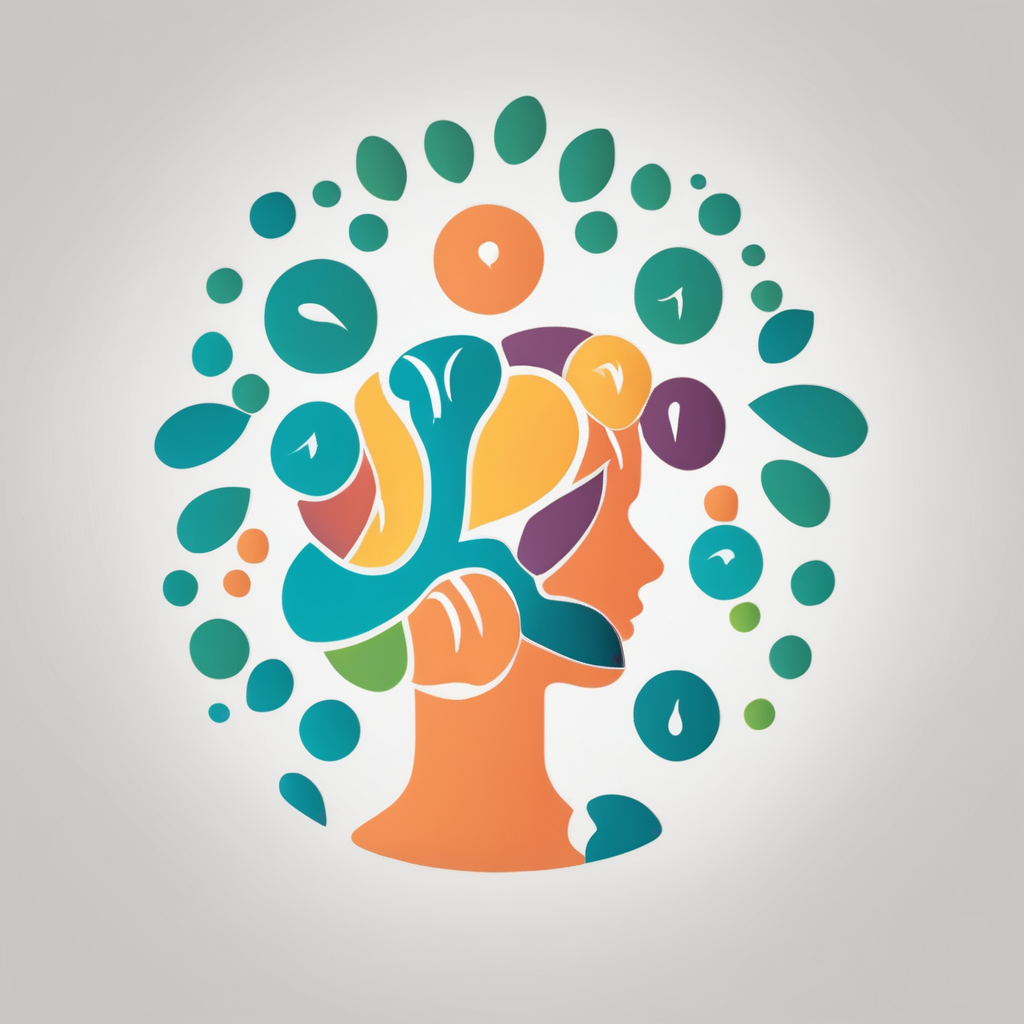Essential Strategies for Safe Medication Management in Seniors
Managing medications safely is crucial for seniors to maintain health and prevent complications. Medication safety starts with organizing multiple prescriptions effectively. Seniors should use a dedicated pill organizer, separating doses by day and time, to reduce confusion. Clear labeling and keeping an updated list of medications—including dosages and schedules—helps avoid mistakes.
Common errors include missed doses, taking the wrong medication, or mixing drugs unsafely. These mistakes can be prevented by adhering to senior medication tips such as maintaining consistent timing, double-checking prescriptions with healthcare providers, and avoiding over-the-counter drugs without consulting a pharmacist.
This might interest you : What Are the Most Effective Ways to Enhance Mental Well-being for Seniors?
Using checklists is a practical way to track medication daily. A checklist ensures no doses are skipped and enables quick verification of what has been taken. This strategy helps prevent overdose and missed doses, both frequent issues in seniors managing complex medication regimens.
For caregivers and seniors alike, these step-by-step approaches and clear routines are vital to minimizing risks and enhancing medication errors prevention. Implementing these techniques supports safer medication practices and improves overall well-being.
In the same genre : How can seniors in the UK access community support services?
Practical Medication Management Tools and Resources
Effective medication management is key for seniors to maintain health and avoid missed doses. One of the simplest yet highly effective aids is the use of medication organizers. These come in various forms—daily pill boxes, weekly trays, or compartmentalized organizers. Choosing the right pill box depends on individual needs: those with multiple doses may benefit from organizers with several compartments per day, while simpler designs suit users with fewer medications. An ideal organizer ensures clear labeling and ease of access for seniors with limited dexterity.
For those who prefer digital assistance, reminder tools for seniors like smartphone apps, alarms, or wearable devices offer timely alerts. Apps can provide notifications for each dose and track adherence, often allowing caregivers to monitor remotely. Wearable tech, such as smartwatches, combines convenience with discreet reminders, especially beneficial for active seniors.
Additionally, printable medication charts and resource sheets can support seniors who like manual tracking. These tools help record dose times and any side effects, promoting accurate adherence. Combining physical organizers with digital reminders and printed charts can strengthen medication routines, offering a robust solution tailored to diverse seniors’ preferences.
The Role of Caregivers and Healthcare Professionals
Supporting seniors with medication management is crucial for safety and effectiveness. Caregivers play an essential role by ensuring that medications are taken as prescribed, recognizing side effects, and communicating any concerns promptly. Their involvement provides seniors the confidence and assistance needed to maintain consistent routines.
Regular pharmacist consultation is equally important. Pharmacists conduct medication reviews that identify potential interactions, duplications, or dosing errors. These reviews, known as medication reconciliation, help maintain an accurate and updated list of all medications a senior takes, including over-the-counter drugs and supplements. This process reduces risks and ensures the treatment stays aligned with changing health conditions.
Discussing new or changed prescriptions with healthcare providers encourages clarity and trust. It allows caregivers and seniors to ask questions about benefits, side effects, and alternatives. Open dialogue leads to better adherence and early detection of issues.
By combining caregiver support, pharmacist input, and healthcare provider expertise, medication management becomes a coordinated effort that enhances seniors’ well-being and safety. This collaborative approach addresses practical challenges and fosters informed decision-making in managing complex medication regimens.
Choosing the Right Robot Hoover for Your Home
Selecting the ideal robot hoover hinges on understanding your unique cleaning needs and home environment. Consider the floor types you have—hardwood, carpet, or tiles—as some models excel over others in specific surfaces. For instance, models with strong suction power and brush roll settings adapt better to carpets, while others focus on gentle cleaning for hardwood floors.
Battery life is another crucial factor. If your home is large, opt for a robot hoover with longer runtime or one that automatically returns to its charging dock before resuming cleaning. This ensures thorough coverage without interruptions.
Navigation and mapping features make a significant difference. Advanced sensors and smart mapping technology allow robot hoovers to efficiently cover complex layouts and avoid obstacles. This reduces redundant cleaning and helps maintain your space more effectively.
In addition, think about extra functionalities like scheduled cleaning, app control, or voice assistant compatibility. These features offer convenience, making it easier to integrate the robot hoover into your routine.
Investing time to evaluate these aspects—floor compatibility, battery life, navigation, and smart features—will help you find a robot hoover that meets your expectations. This thoughtful approach ensures a practical, efficient cleaning solution tailored to your home.


